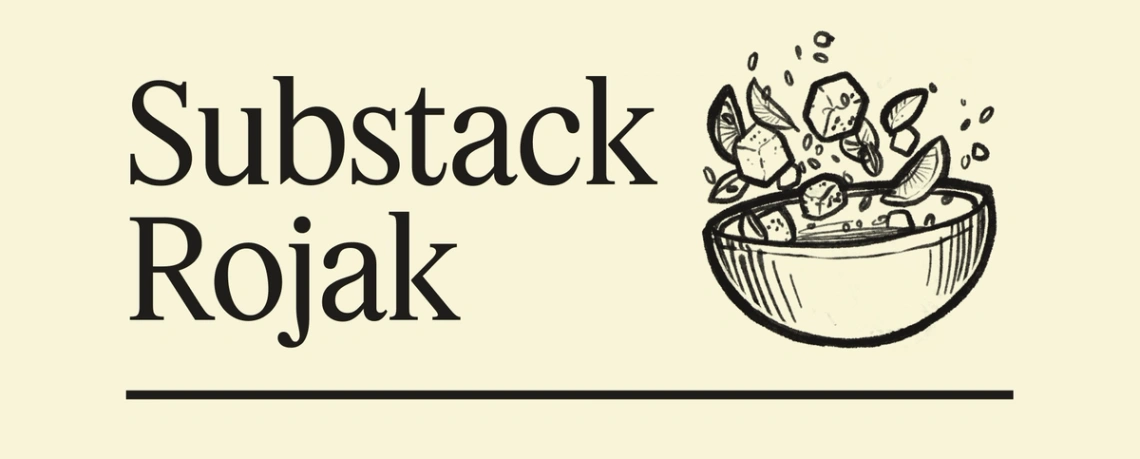 Rojak is a colloquial Malay word for “eclectic mix,” and is the name for a Javanese dish that typically combines sliced fruit and vegetables with a spicy dressing. Influencing the markets Chinese nationalism is moving markets. Influencers have amassed huge followings by stoking nationalist fervor, such as by criticizing a mural at a Chinese train station for vaguely resembling the Japanese military flag. But the business of nationalism and its impact extends beyond a handful of online influencers, Amber Zhang wrote in Baiguan. In March, a beverage brand was accused of using packaging that contained “unpatriotic,” pro-Japanese elements. A widespread social media boycott caused the company’s shares to drop nearly 5%, wiping $3 billion off its market capitalization. Conversely, some businesses are leveraging nationalism to boost sales: This month, a Chinese milk tea brand praised one of its employees who apparently went rogue and added a label with an anti-Japan message to cups of the drink in a Japanese supermarket, causing the tea company’s stock to rise. But inflaming tensions isn’t a “foolproof strategy for creating sustainable success,” Zhang wrote: Online buzz from the milk tea incident was short-lived, data shows. Worried sick More Germans are calling out sick from work — and the country is divided over whether that’s a good thing. People took an average of 22 sick days in 2022, up from 18 in 2021, and preliminary figures from health insurers suggest the number may have been even higher last year. Notably, the sick day surge happened after the peak of COVID-19. The consensus is that people aren’t getting sick more often. Instead, the pandemic “led to a switch in mindset among the public” about what to do when you wake up with a sore throat, Jörg Luyken wrote in The German Review, with workers increasingly internalizing messaging around isolation and social distancing. Some say it’s a sign that Germans are listening to their bodies, and putting their health first. But others used the data to attack Gen-Z; one conservative commentator fumed: “The flip side of self-care is free-riding.” ‘New Chinese Style’ is in If official propaganda is behind a new trend, does that render it “uncool and unstylish?” That’s the question Follow the Yuan’s Yaling Jiang had when she visited a government-run art market in China’s Fujian province where more than 70 independent vendors showcased products that tapped into “new Chinese style.” This aesthetic is part of the broader trend of guochao — meaning “China chic” — an effort to champion products that promote Chinese symbols, techniques, or technologies. It stemmed from Chinese leader Xi Jinping’s call to “strengthen cultural confidence,” Jiang wrote. It’s becoming increasingly common for the government to organize cultural events, and while vendors and artists have creative license, they are often incentivized to work with local officials for quicker regulatory approval. Jiang wrote her art market visit proved that even the government can be a “tastemaker” when it taps into the same talent pool as private enterprises. |